Home>Technology>Smart Home Devices>How Far Does A Wi-Fi Router Reach
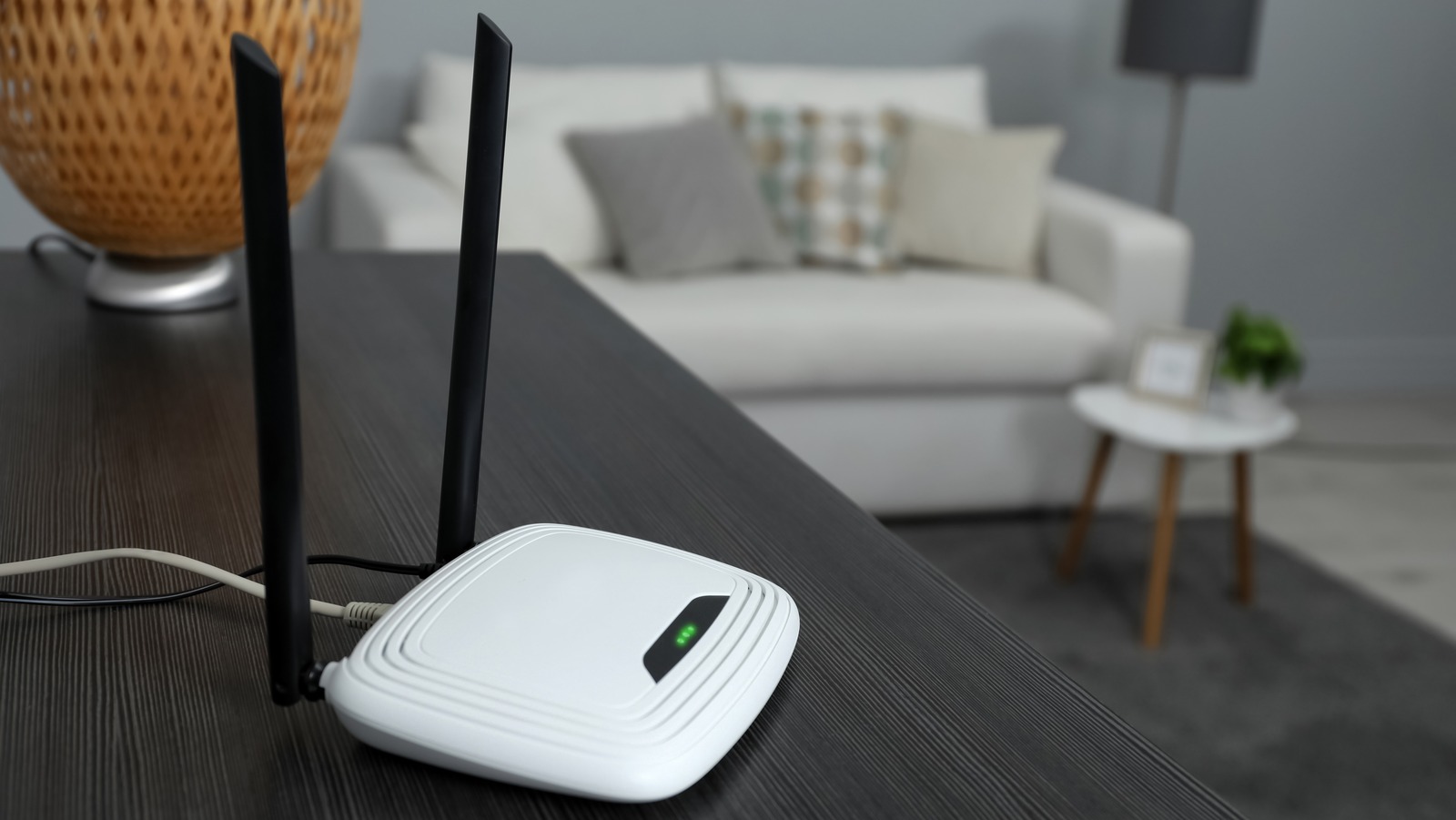

Smart Home Devices
How Far Does A Wi-Fi Router Reach
Modified: January 4, 2024
Discover how smart home devices benefit from a Wi-Fi router's reach. Learn about the range and coverage of Wi-Fi signals for your smart home devices.
(Many of the links in this article redirect to a specific reviewed product. Your purchase of these products through affiliate links helps to generate commission for Storables.com, at no extra cost. Learn more)
Introduction
Understanding the Reach of a Wi-Fi Router
Wi-Fi has become an indispensable part of our daily lives, allowing us to connect to the internet and access a wealth of information and entertainment from the comfort of our homes. However, many of us have experienced the frustration of a weak Wi-Fi signal and the limitations it imposes on our online activities. Understanding the range of a Wi-Fi router is crucial in optimizing our internet experience and ensuring seamless connectivity throughout our living spaces.
In this comprehensive guide, we will delve into the fascinating world of Wi-Fi range, exploring the factors that influence the reach of a Wi-Fi router and providing valuable insights into extending its coverage. Whether you’re struggling with dead zones in your home or simply seeking to maximize your Wi-Fi signal strength, this article will equip you with the knowledge and strategies to conquer the limitations of Wi-Fi range.
Key Takeaways:
- Wi-Fi range can be extended by strategic router placement, using range extenders, mesh Wi-Fi systems, upgrading antennas, and powerline networking. These solutions help eliminate dead zones and ensure seamless connectivity throughout your home.
- Understanding factors like transmission power, frequency band, physical obstructions, and environmental conditions is crucial in optimizing Wi-Fi range. By addressing these elements, you can enhance the reach and reliability of your wireless network.
Understanding Wi-Fi Range
Wi-Fi range refers to the distance over which a wireless router can transmit its signal, allowing devices such as smartphones, laptops, smart home devices, and other Wi-Fi-enabled gadgets to connect and access the internet. The range of a Wi-Fi router is a critical factor in determining the quality and reliability of the wireless connection within a given area.
Typically, the range of a Wi-Fi router is influenced by several key factors, including the router’s transmission power, the frequency band it operates on, the presence of physical obstructions, and environmental conditions. Understanding these factors is essential in optimizing the placement of your router and maximizing its coverage throughout your home.
It’s important to note that the range of a Wi-Fi router is not fixed and can vary significantly based on the aforementioned factors. By gaining a deeper understanding of these variables, you can take proactive steps to enhance the reach and stability of your Wi-Fi network, ultimately ensuring a seamless and robust wireless experience for all your connected devices.
Factors Affecting Wi-Fi Range
Several factors play a pivotal role in determining the range and effectiveness of a Wi-Fi router. By familiarizing yourself with these influential elements, you can make informed decisions to optimize your Wi-Fi network and mitigate potential limitations in coverage.
1. Transmission Power:
The transmission power of a Wi-Fi router directly impacts its range. Routers with higher transmission power can typically cover larger areas and penetrate obstacles more effectively, resulting in a broader and more robust Wi-Fi signal. However, it’s essential to adhere to local regulations and manufacturer guidelines when adjusting transmission power to avoid interference with other wireless devices and networks.
Read more: How Does A Wi-Fi Router Work
2. Frequency Band:
Wi-Fi routers operate on different frequency bands, namely 2.4 GHz and 5 GHz. The 2.4 GHz band offers better coverage over longer distances and superior penetration through walls and obstructions, making it suitable for larger homes. On the other hand, the 5 GHz band provides faster data transfer speeds but has a shorter effective range, making it ideal for high-bandwidth activities in close proximity to the router.
3. Physical Obstructions:
The presence of physical obstructions, such as walls, floors, and large furniture, can significantly impede the propagation of Wi-Fi signals. Thick walls and dense materials can absorb and weaken the signal, leading to the formation of dead zones within your home. Understanding the layout of your living space and strategically placing the router can help minimize the impact of physical obstructions on Wi-Fi range.
4. Environmental Conditions:
Environmental factors, including interference from neighboring wireless networks, electronic devices, and even natural phenomena like weather patterns, can affect Wi-Fi range. Overcoming environmental challenges involves optimizing the placement of your router, selecting the appropriate frequency band, and employing advanced technologies, such as beamforming and mesh networking, to enhance signal propagation and minimize interference.
By taking these factors into account and implementing targeted strategies, you can effectively extend the reach of your Wi-Fi network and ensure reliable connectivity across your home, empowering you to make the most of your wireless devices and online activities.
Extending Wi-Fi Range
Extending the range of your Wi-Fi network is a common goal for many homeowners seeking to eliminate dead zones and ensure seamless connectivity across their living spaces. Fortunately, several practical solutions and innovative technologies can be employed to extend the reach of your Wi-Fi router, enhancing signal coverage and optimizing the performance of your wireless network.
Read more: What Is The Wi-Fi Router
1. Strategic Router Placement:
Optimizing the placement of your Wi-Fi router is a fundamental step in extending its range. Position the router in a central location within your home, away from obstructions and interference sources. Elevated placements, such as mounting the router on a wall or placing it on a high shelf, can also improve signal propagation and coverage.
2. Wi-Fi Range Extenders:
Wi-Fi range extenders, also known as wireless repeaters or boosters, are devices designed to amplify and retransmit the existing Wi-Fi signal, effectively expanding the coverage area of your wireless network. By strategically positioning range extenders within your home, you can fill in dead zones and ensure consistent connectivity in areas that were previously out of reach of the primary router’s signal.
3. Mesh Wi-Fi Systems:
Mesh Wi-Fi systems represent a sophisticated approach to extending Wi-Fi range and enhancing network coverage. Consisting of multiple interconnected nodes, or access points, a mesh Wi-Fi system creates a seamless and unified network that blankets your home with strong, reliable Wi-Fi. These systems intelligently manage the distribution of Wi-Fi signals, ensuring optimal coverage and performance throughout your living space.
4. Upgrading Antennas and Equipment:
Some Wi-Fi routers allow for the replacement or upgrade of antennas, providing an opportunity to enhance signal strength and coverage. High-gain antennas or directional antennas can be installed to focus and amplify the Wi-Fi signal in specific directions, effectively extending its reach and mitigating the impact of physical obstructions.
Read more: What Does A Wi-Fi Router Do
5. Powerline Networking:
Powerline networking utilizes your home’s electrical wiring to transmit data signals, offering an alternative method for extending Wi-Fi coverage. By leveraging powerline adapters, you can establish a wired connection between your router and additional access points, effectively extending the reach of your Wi-Fi network without the need for extensive cabling or infrastructure modifications.
By leveraging these strategies and technologies, you can overcome the limitations of Wi-Fi range and create a robust, high-performance wireless network that caters to the diverse connectivity needs of modern households.
Conclusion
Understanding the reach of a Wi-Fi router is essential in optimizing the performance and coverage of your wireless network. By delving into the intricacies of Wi-Fi range and the factors that influence it, you can take proactive steps to enhance connectivity, eliminate dead zones, and ensure a seamless online experience throughout your home.
From the transmission power and frequency band of your router to the impact of physical obstructions and environmental conditions, various elements contribute to the range and effectiveness of your Wi-Fi network. By strategically addressing these factors and leveraging innovative solutions, you can extend the reach of your Wi-Fi router and create a robust wireless ecosystem that caters to the diverse connectivity needs of modern households.
Whether it’s through strategic router placement, the deployment of Wi-Fi range extenders and mesh systems, or the optimization of antennas and equipment, there are numerous avenues to explore when seeking to expand the coverage and reliability of your Wi-Fi network.
As technology continues to evolve, new advancements and solutions will undoubtedly emerge, offering even greater potential for extending Wi-Fi range and enhancing network performance. By staying informed and embracing these innovations, you can future-proof your home’s wireless infrastructure and ensure that your Wi-Fi network remains at the forefront of connectivity and convenience.
Ultimately, by embracing the knowledge and strategies outlined in this guide, you can conquer the limitations of Wi-Fi range and unlock the full potential of your wireless network, empowering you to seamlessly connect, communicate, and explore the boundless opportunities of the digital world.
Frequently Asked Questions about How Far Does A Wi-Fi Router Reach
Was this page helpful?
At Storables.com, we guarantee accurate and reliable information. Our content, validated by Expert Board Contributors, is crafted following stringent Editorial Policies. We're committed to providing you with well-researched, expert-backed insights for all your informational needs.
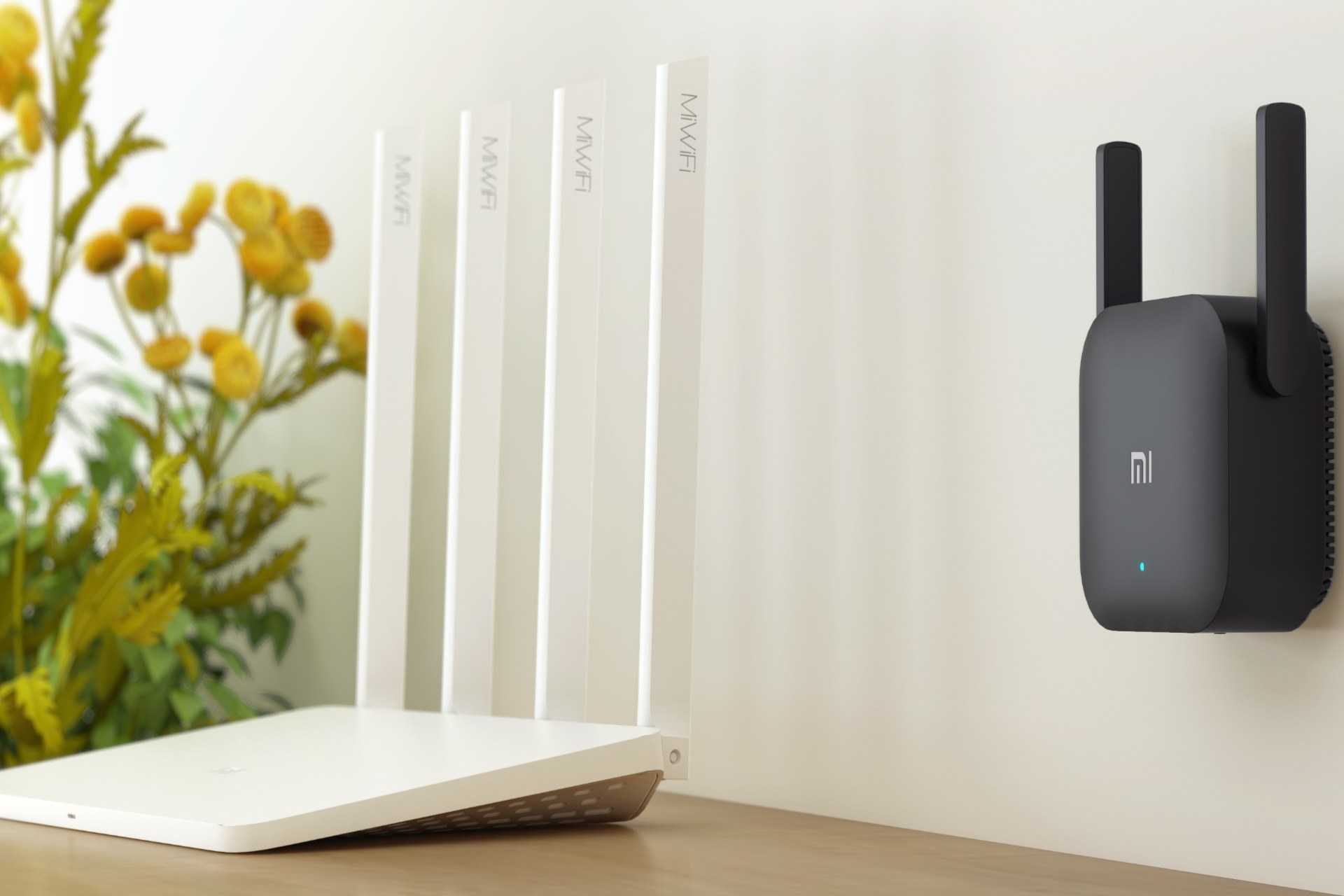
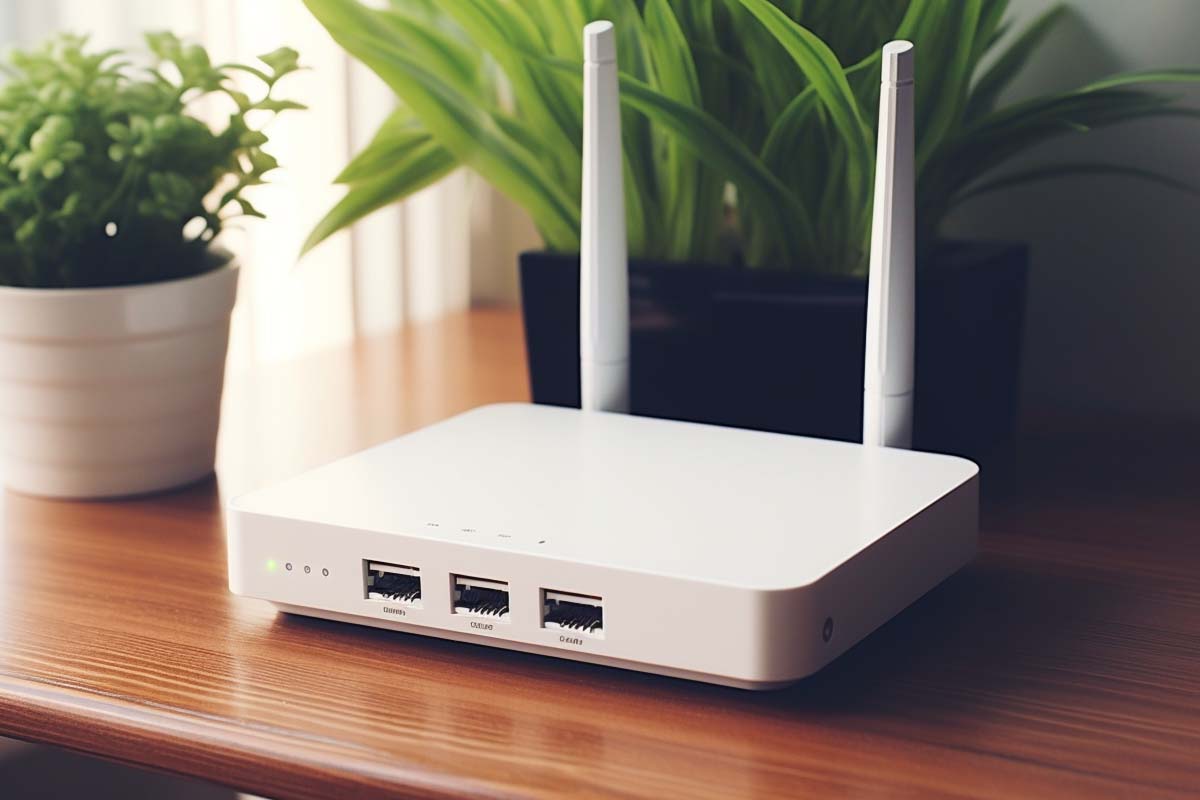
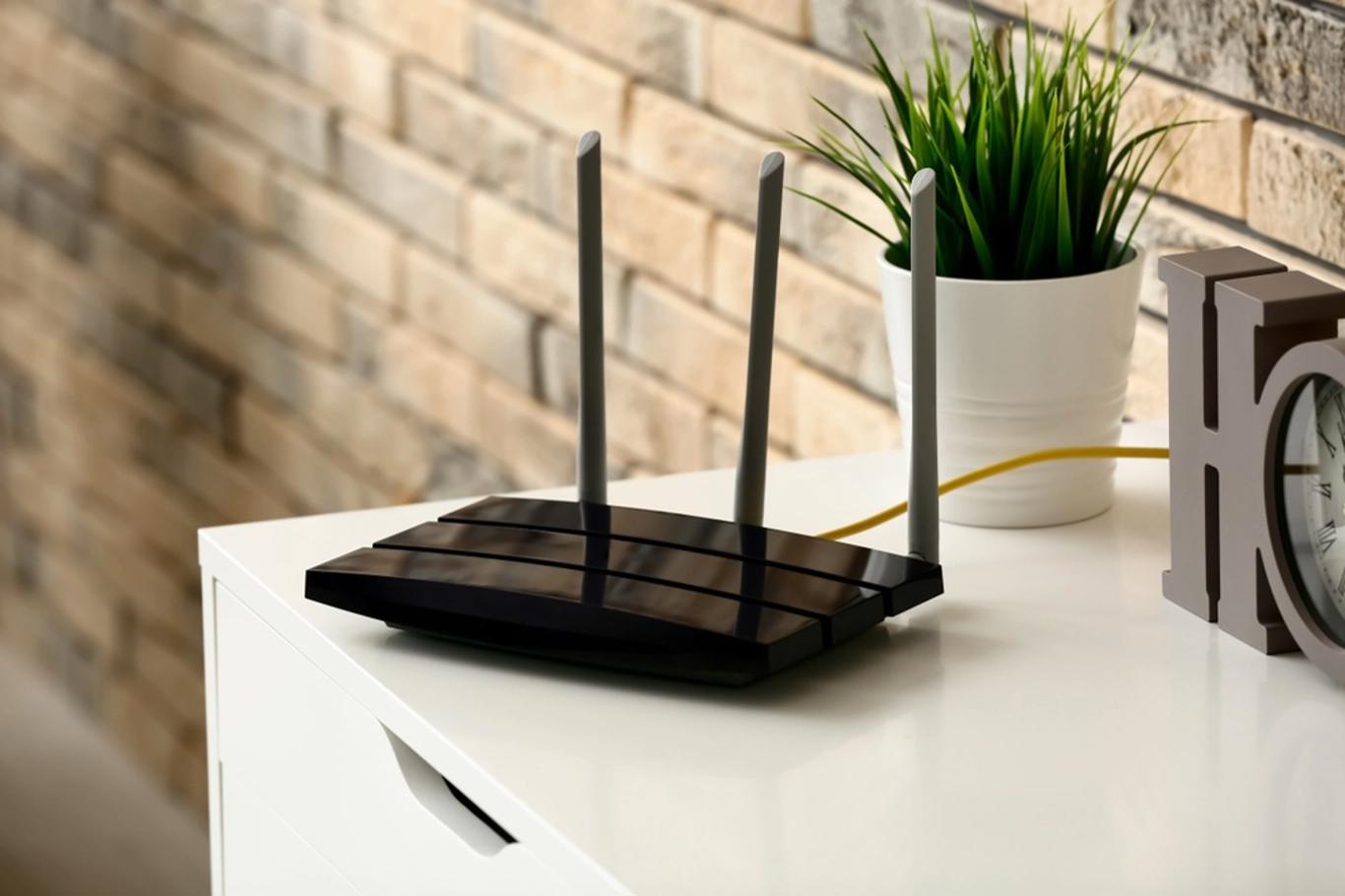
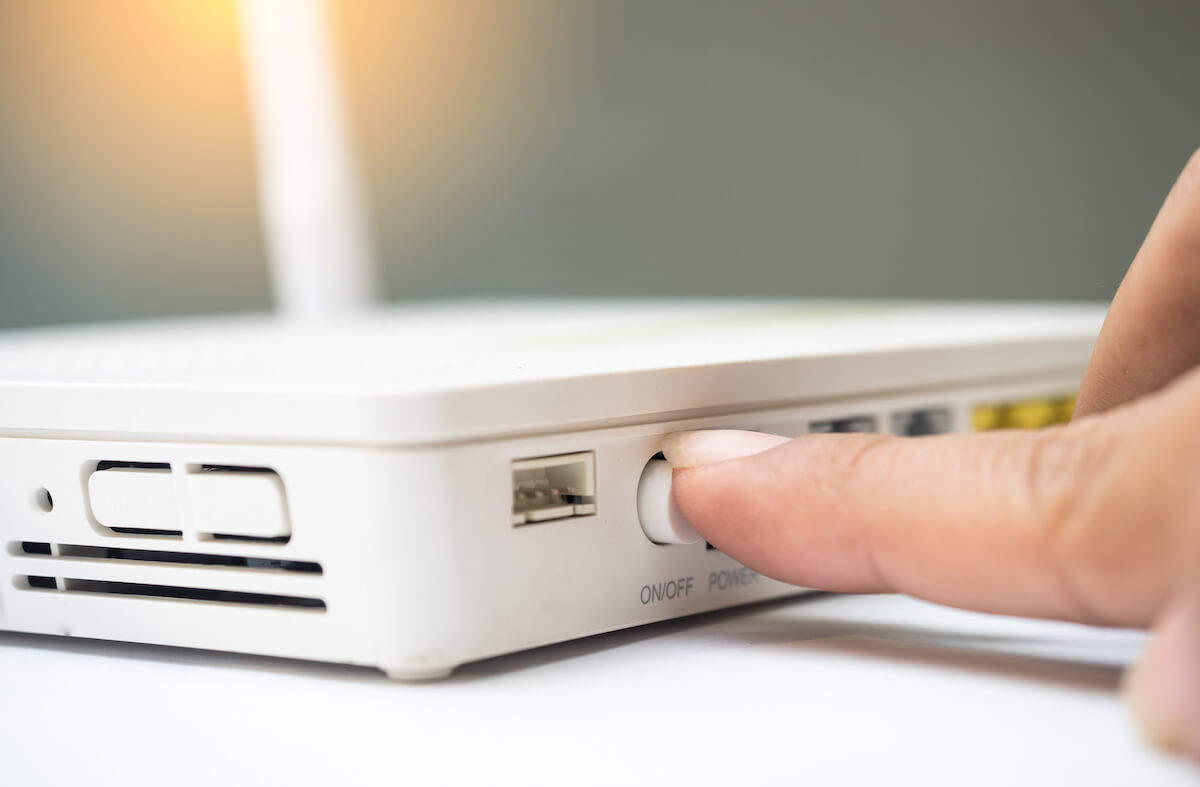
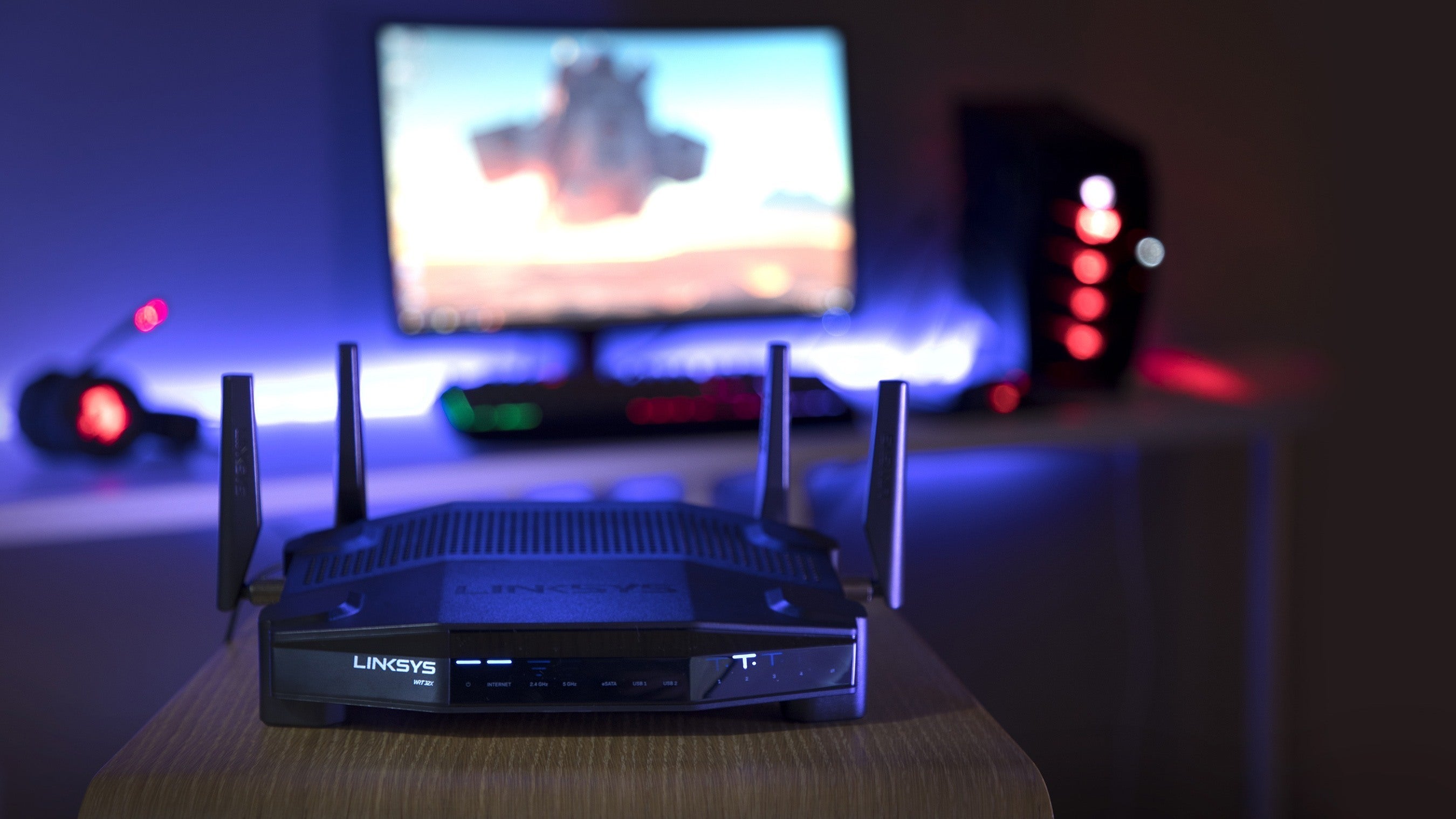
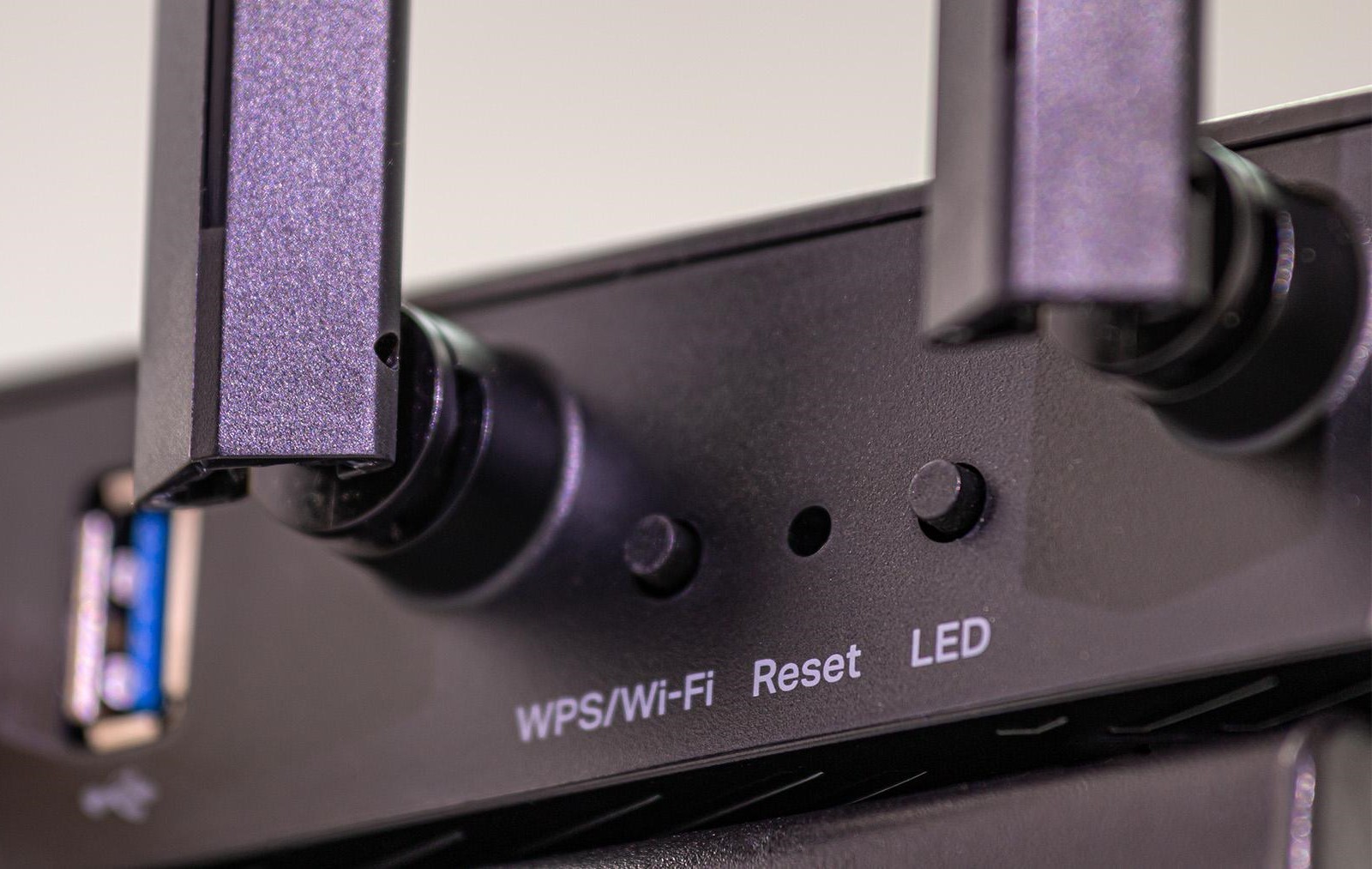
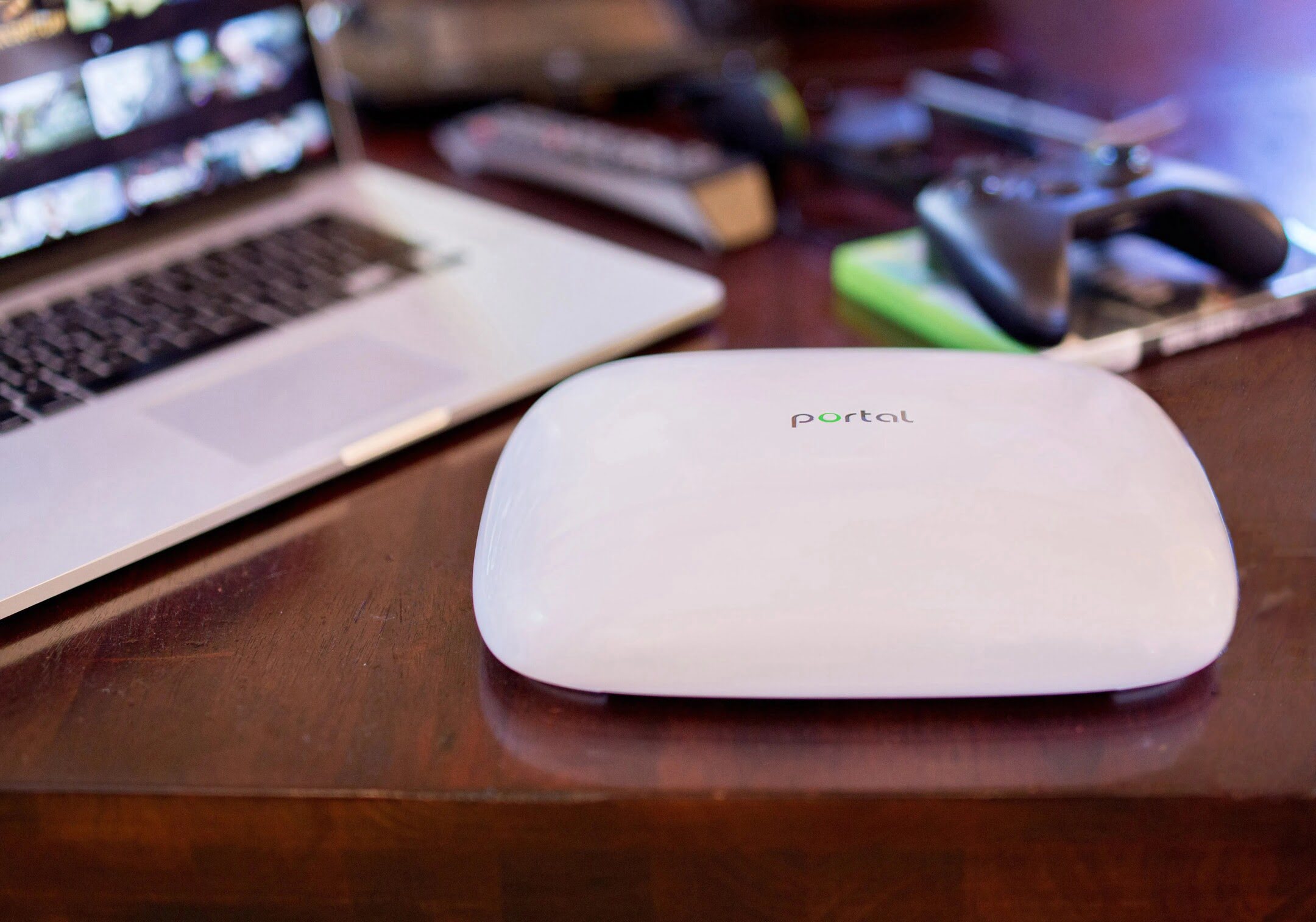
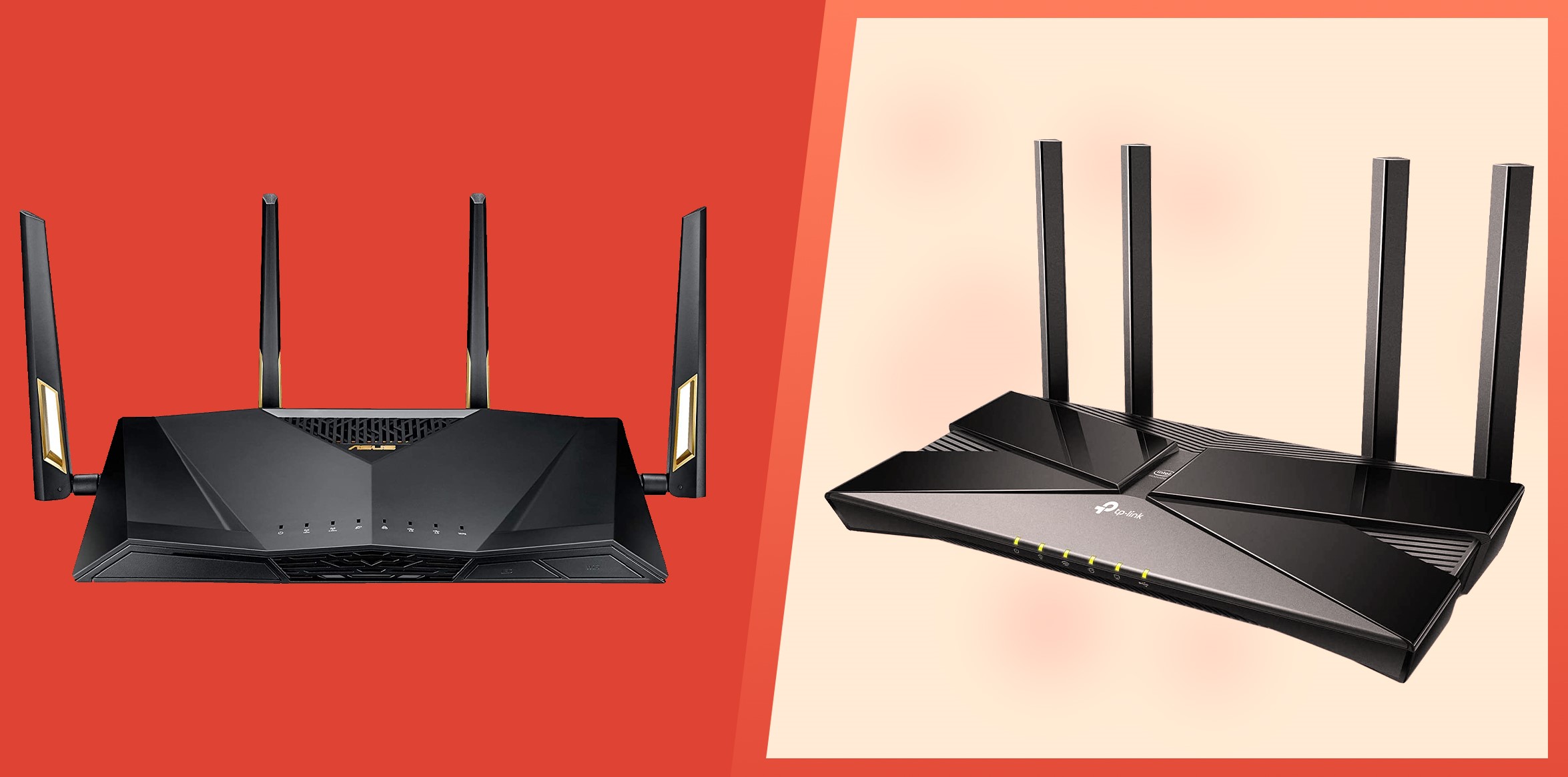
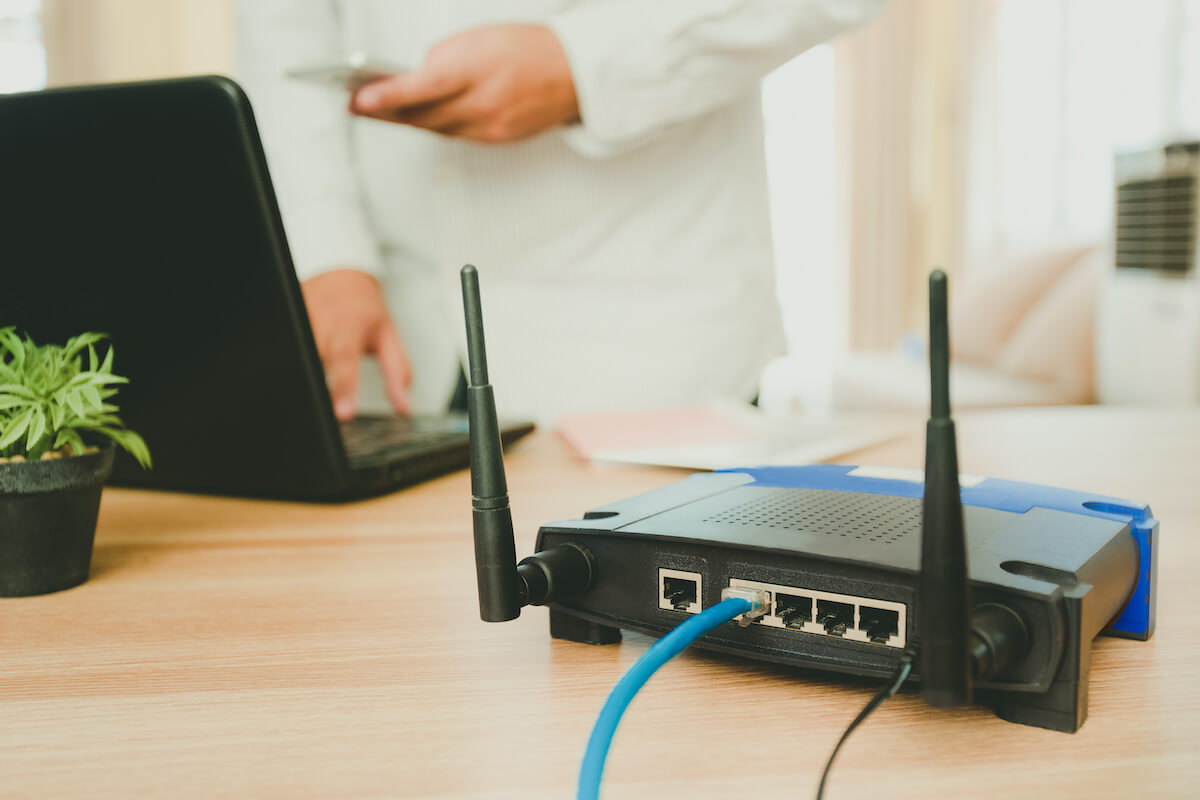
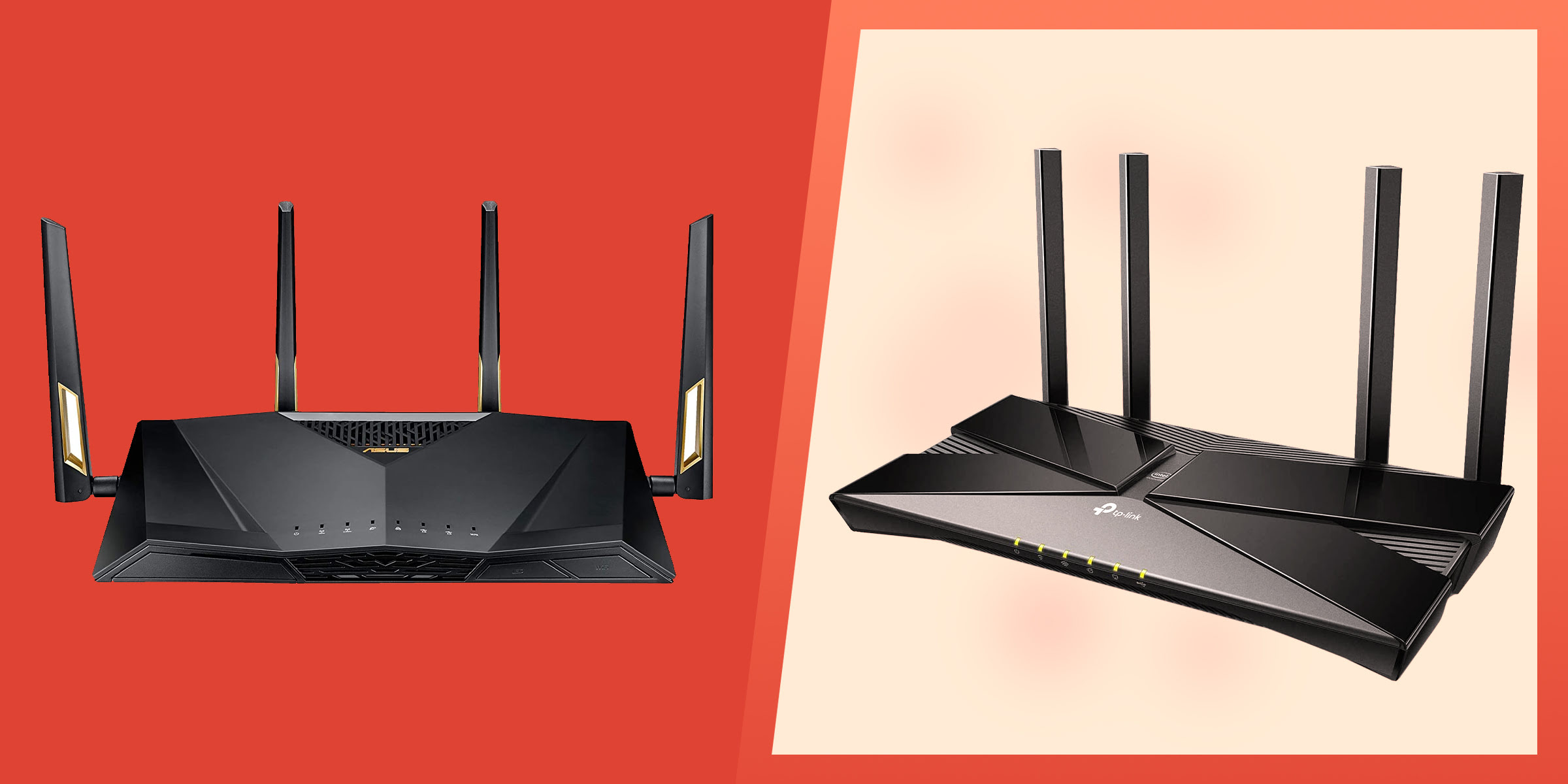

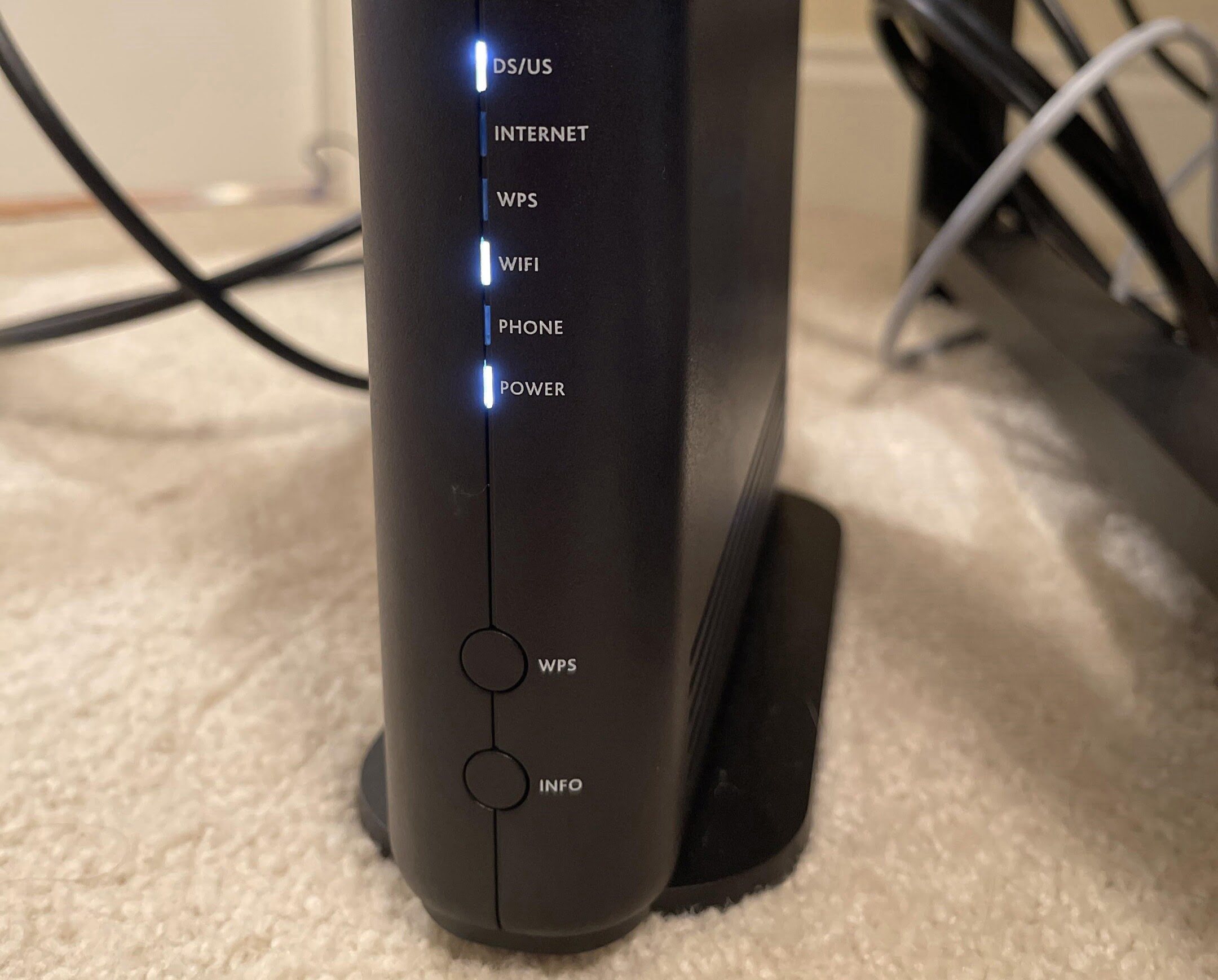

0 thoughts on “How Far Does A Wi-Fi Router Reach”